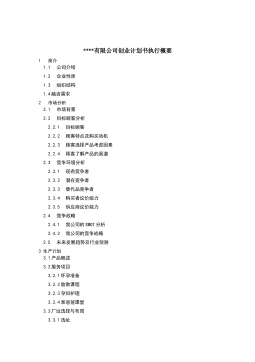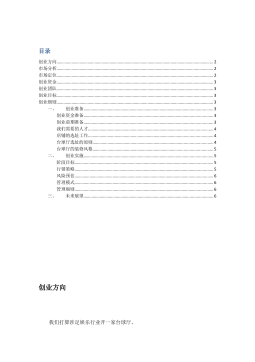中美电影贸易逆差形成的原因和对策分析
摘要金融危机爆发以来,全球货物贸易受到了很大影响,但作为服务贸易龙头的电影贸易,却逆势而上,贸易量稳步扩大,成为全球贸易新的增长点。电影贸易作为对外文化交流的重要形式,不仅可以扩大中国文化在世界上的影响力,而且可以改善中国对外贸易结构,对国家经济转型和“软实力”的提高,具有十分重要的意义。然而,自从中国加入WTO后,中国对美电影贸易一直处于逆差状态,近年来不仅没有缩小,反而有扩大的趋势,这对中国十分不利。因此,研究中美电影贸易逆差问题,具有现实意义。作为电影产业大国的美国,凭借着自身优势,电影出口量一直占据全球之首,并在中国的电影市场,占据了多半江山。与之相比,由于历史、文化、体制等方面的原因...
相关推荐
-
10KV电网D-SCADA 系统信息采集与故障诊断研究与设计VIP免费

 2024-10-14 25
2024-10-14 25 -
方形吸顶散流器平送风等温射流特性研究VIP免费

 2025-01-09 7
2025-01-09 7 -
关于充液声导波传感器中频散兰姆波的研究VIP免费

 2025-01-09 10
2025-01-09 10 -
结合梁斜拉桥施工过程中考虑剪力滞影响的分析方法VIP免费

 2025-01-09 6
2025-01-09 6 -
空调房间热舒适性的数值模拟与实验研究VIP免费

 2025-01-09 7
2025-01-09 7 -
汽车前轮线控转向系统研究VIP免费

 2025-01-09 8
2025-01-09 8 -
输入分配型混合动力车辆动力系统控制策略研究VIP免费

 2025-01-09 7
2025-01-09 7 -
双馈风力发电系统的柔性并网控制研VIP免费

 2025-01-09 9
2025-01-09 9 -
污水处理厂污泥好氧堆肥发酵技术的试验研究VIP免费

 2025-01-09 7
2025-01-09 7 -
应用风室试验装置的风机性能VIP免费

 2025-01-09 8
2025-01-09 8
相关内容
-

汽车前轮线控转向系统研究
分类:高等教育资料
时间:2025-01-09
标签:无
格式:PDF
价格:15 积分
-

输入分配型混合动力车辆动力系统控制策略研究
分类:高等教育资料
时间:2025-01-09
标签:无
格式:PDF
价格:15 积分
-

双馈风力发电系统的柔性并网控制研
分类:高等教育资料
时间:2025-01-09
标签:无
格式:PDF
价格:15 积分
-

污水处理厂污泥好氧堆肥发酵技术的试验研究
分类:高等教育资料
时间:2025-01-09
标签:无
格式:PDF
价格:15 积分
-

应用风室试验装置的风机性能
分类:高等教育资料
时间:2025-01-09
标签:无
格式:PDF
价格:15 积分






